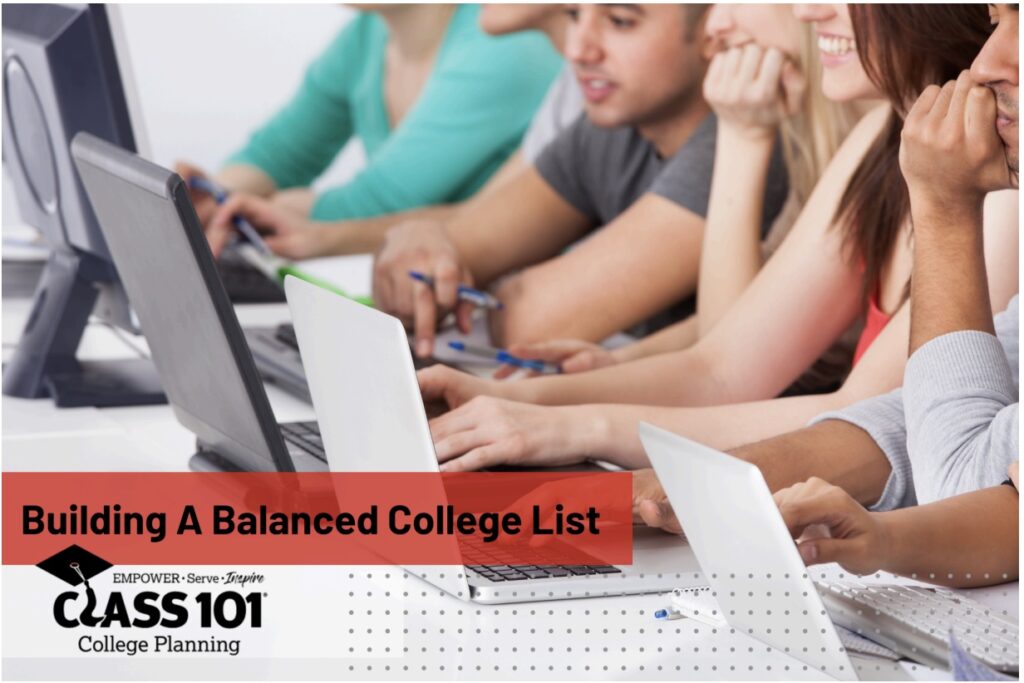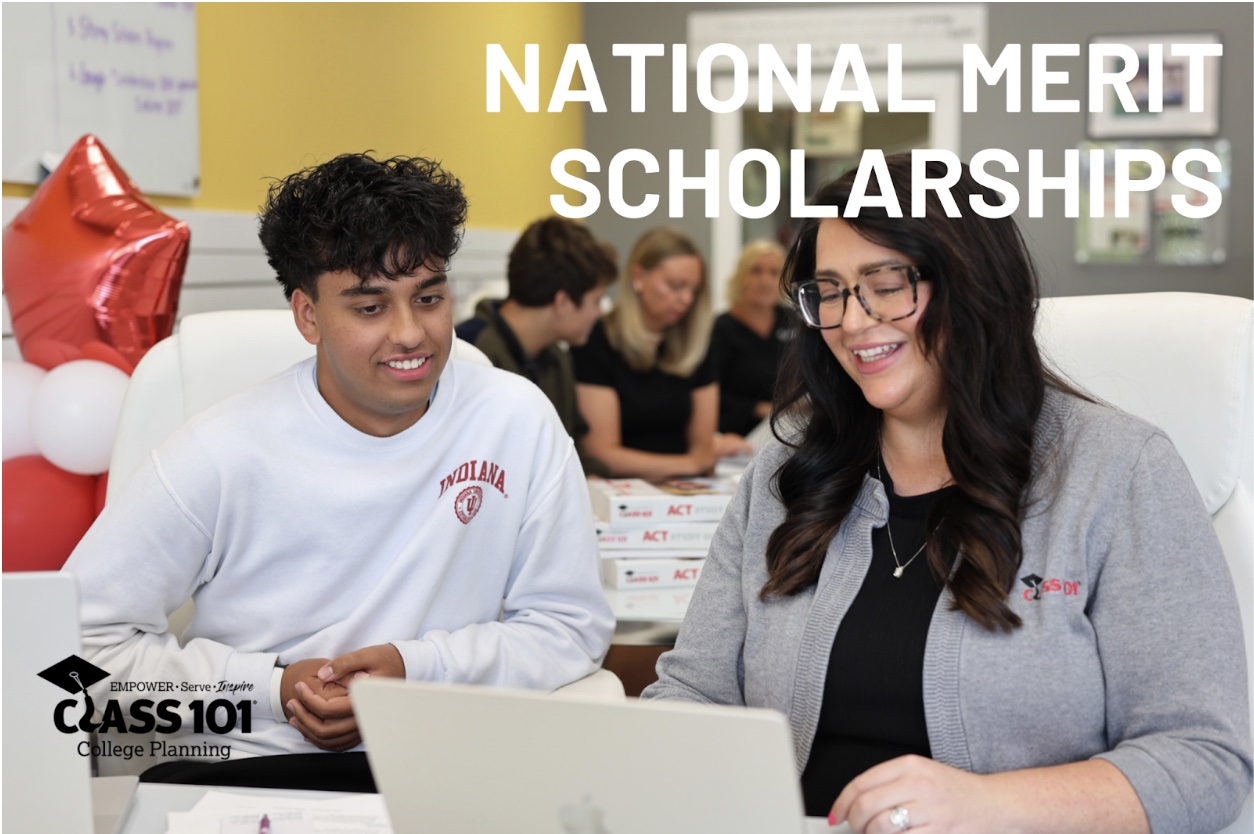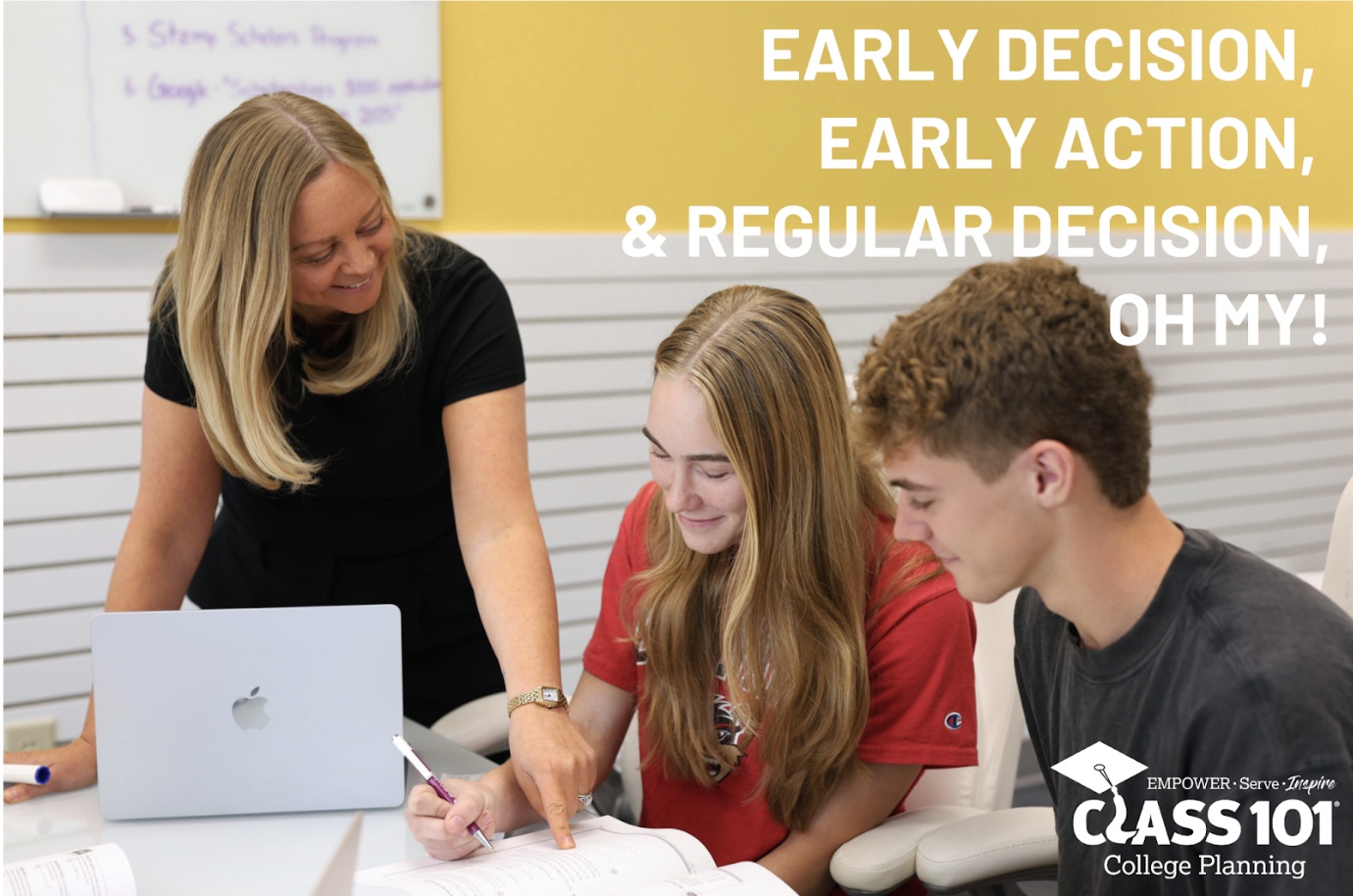May 13, 2025

When it comes to college applications, one of the smartest things you can do is create a balanced college list. But what exactly does that mean?
We work with our students to develop a list of colleges that includes a mix of reach, target, and likely (or safety) schools. This strategy increases your chances of getting into a college that fits your academic profile, personal goals, and financial needs—while still aiming high.
Our advisors have found that it’s important for students to build a college list that’s both realistic and exciting, while sharing tips to help you feel confident in your final choices.
Why a Balanced List Matters
It’s tempting to only apply to your dream school. Or play it safe and only apply to a school that has a high acceptance rate. We’ve seen both strategies! Either approach can lead to missing out on exciting opportunities and having multiple acceptances to choose from.
We’ve found that a balanced college list:
-Gives you more options come decision time
-Matches your academic record and interests
-Reduces stress during admissions season
-Helps align your financial goals with college affordability
3 Types of Schools You Should Include
So what colleges should you put on your list? To simplify it, aim for a mix of target schools, reach schools, and safety schools.
1. Target Schools
These are universities where your academic profile – GPA, test scores, and extracurriculars—closely
matches that of the average admitted student.
✅ Aim for 3–5 target schools. These are the sweet spot in your list.
3. Reach Schools
These are more competitive schools where admission is less certain, either because of low acceptance rates or higher academic benchmarks.
✅ Include 2–4 reach schools. Dream big, but be realistic.
3. Safety Schools
These are colleges where your academic stats are well above the average accepted student. You should feel confident about being admitted.
✅ Include 2–3 safety schools. Make sure you’d actually be happy attending them!

How Many Colleges Should Be On Your List?
Developing a strong college list is the key to college planning made simple. At Class 101, our students follow the 10, 7, 5 rule:
-Visit 10
-Apply to 7
-Love 5
It all starts with a strong college list! And we’ve found that this number of colleges gives you variety without becoming overwhelming.
But make sure you are considering key factors as you add colleges to your list. Don’t just rely on rankings or where your best friend wants to go to college, look at the whole picture. Ask yourself:
Academic Programs – Does the school offer my major or areas of interest?
Campus Culture – Big or small? Urban or rural? Liberal or conservative?
Location – Do I want to be close to home or across the country?
Affordability – What are the real costs, and what financial aid is available? Does this fit with my family’s budget?
Career Opportunities – Is there a strong alumni network? Internship options? Job placement?
Don’t forget that visiting the colleges on your list is a critical step. We cannot emphasize this enough!
Class 101 Tip: Use college visits, virtual tours, and trusted resources like College Board’s BigFuture
or your college advisor to research schools.
How a Class 101 Helps
Working with a college planning expert makes it easier to find schools that match your academic goals,
personality, and budget. Advisors can help:
-Evaluate your transcript and test scores
-Suggest schools you may not have considered
-Track deadlines and application requirements
-Strategize for financial aid and scholarships
Need help building your college list? Our team can help you create a custom strategy based on
your goals, strengths, and dreams. Let’s find your perfect fit. Contact us to learn more!
Alyssa Stegemoller
Class 101 Owner + College Advisor

November 19, 2025
Every fall, high school Juniors in Carmel and across the country take the PSAT/NMSQT. It’s a test that does more than just prepare students for the SAT. It’s also the qualifying test for the National Merit Scholarship Program, one of the most prestigious academic honors a high school student can achieve. At Class 101 Carmel, […]
Read More >
October 29, 2025
issions become more competitive, understanding Early Decision, Early Action, and Regular Decision can help you develop a smart, strategic plan and improve your chances of getting into your top-choice schools. As Class 101 advisors, it’s our job to know the options and develop the best strategy for our students. Let’s discuss the key differences between […]
Read More >
October 23, 2025
nts or families from outside the United States. Understanding applications, essays, financial aid, scholarships, and standardized tests can feel complicated, particularly when English isn’t your first language. That’s where Veronica Rivas, a seasoned bilingual college advisor at Class 101, makes all the difference. With over a decade of experience in education, operations, and customer service, […]
Read More >